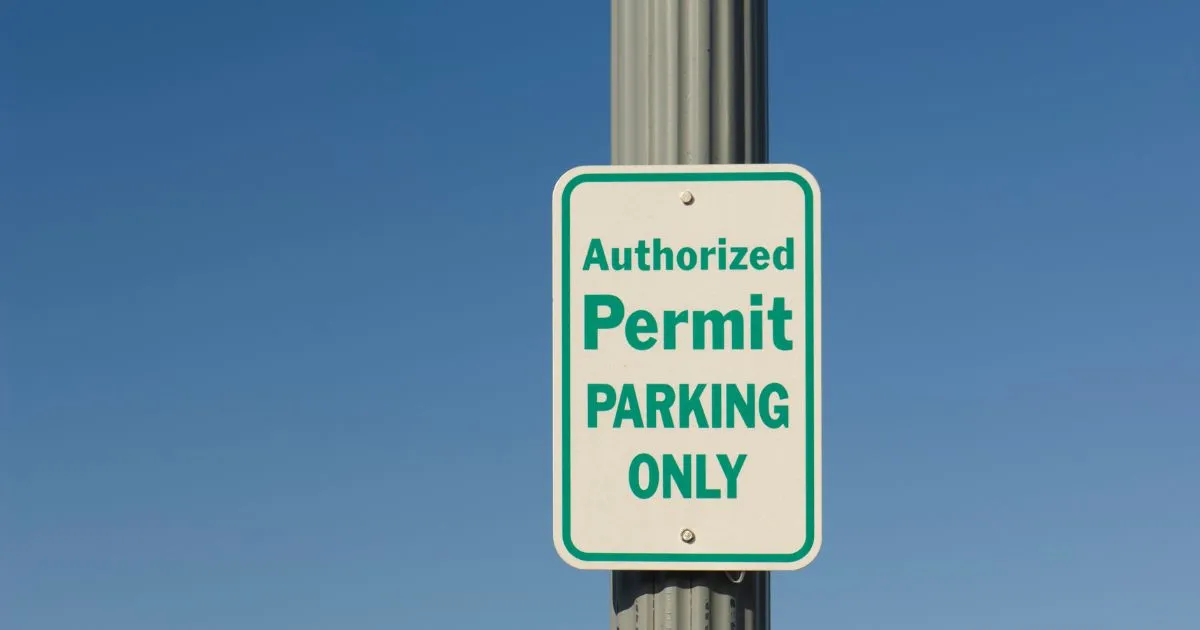Street parking vs private car parks on moving day: permits, kerbside loading, pro packing, and getting your rego sorted
Moving day can be a juggling act in Melbourne: finding a legal spot to stop, keeping access ways clear, and meeting building requirements—all while the clock is ticking. Your choice between street parking and a private car park will shape the rest of your plan.
Street bays can offer a shorter carry and quick access to the front door, but they come with time limits, clearways and competition for space. Private car parks promise shelter, lifts and loading docks, yet often have height restrictions, booking windows and induction rules to navigate.
This guide breaks down the real-world trade-offs so you can move swiftly and safely. You’ll learn how to schedule around permits, manage kerbside loading without annoying the neighbours, and choose the right access strategy for houses, terraces and apartments.
Street parking: pros, cons and practicalities
Street parking excels when you can pull up close to the entrance and keep the carry short. Do a quick recon the day before: note signed hours, loading zones, clearways, and resident-only controls. On narrow streets, identify a legal bay that won’t block sight lines or driveways. If turnover is rapid, plan a roster so someone always stays with the vehicle while others shuttle items, keeping things moving without attracting fines or complaints.
On moving day, treat kerb space like borrowed time. Stage boxes just inside the door (never blocking egress), then run items in tidy batches. Use dollies and straps to reduce trips and avoid awkward pauses mid-footpath. If a neighbour’s car takes “your” spot, have Plan B around the corner and a realistic walk distance baked into your timing. Flexibility beats confrontation, and a few extra metres are usually faster than waiting out a busy bay.
Preparation beats horsepower when minutes matter. Pre-label boxes by room and priority, strip legs from bulky furniture, and measure doorways to avoid mid-kerb puzzles. Wrap soft furnishings to prevent scuffs against fences or brickwork. Keep essential tools—Allen keys, tape, spare ties—within arm’s reach. The goal is to compress kerbside dwell time: arrive, load efficiently, depart. The smoother your sequence, the less exposure you have to rangers, traffic spikes, or weather rolling in.

Private car parks and loading docks: rules that save time
Basement car parks and loading docks can transform a wet or windy move. Start with the fundamentals: maximum vehicle height, turning radii, ramp gradients, and any need for a spotter on tight corners. Confirm whether inductions or PPE are required. Many buildings insist on pre-booked service lifts—pad walls, fit lift covers, and stick to the allocated window. Arriving with public liability certificates handy keeps building managers cooperative and your schedule intact.
If clearance is marginal, don’t gamble. Measure your truck, mirrors included, and check ramp transitions that can ground low tails. Where the main truck can’t enter, run a shuttle plan: keep the big vehicle legally parked at street level and transfer loads via a smaller, compliant van for basement access. While it looks slower on paper, predictable elevator cycles and weather protection often make this the faster, safer path in high-rise moves.
Efficiency inside the car park depends on choreography. Pre-stage items near the lift, stack uniform cartons for rapid loading, and brief the team on traffic flow so no one blocks bays or fire paths. Assign a lift captain to coordinate trips and keep to time. Protect floors with runners, secure doors open only where permitted, and photograph any pre-existing scuffs. Respecting house rules preserves your bond with building management—and keeps the dock open to you right when you need it.
Permits and permissions: councils, strata and timing
Council rules vary, but the common thread is lead time. Temporary occupancy permits and bay suspensions often require applications several business days in advance, with specified hours and signage conditions. Print approvals to show rangers if queried, and carry ID matching the address. Where construction or special events affect your street, check planned works calendars to avoid clashes. A quick reconnaissance the day before helps confirm signage, clearways and school-zone restrictions that could shrink your loading window.
Apartments add another layer: strata approvals, service-lift bookings and protection requirements for walls and floors. Submit booking forms early and ask for written confirmation of your time slot to prevent overlap with trades. Many buildings require lift padding, runners, and proof of public liability insurance—have PDFs ready to email the building manager. If your move spans multiple levels or towers, request access fobs in advance and nominate a single contact for dock coordination.
If you’ve relocated from interstate, align admin with logistics. Confirm rates for parking permits in your new municipality, update your licence address, and schedule any roadworthy checks well ahead of weekday moves. For vehicle compliance in Victoria, bookmark the NSW to VIC rego change guide and plan appointments around your moving timeline. Sorting these details early reduces on-day friction, keeps you compliant, and avoids awkward conversations with rangers or building management while the truck is on the clock.

Kerbside loading etiquette (and avoiding fines)
Good kerbside etiquette keeps the peace and saves money. Park within marked lines, observe signed time limits, and avoid bus stops, driveways and accessible bays. Stage items just inside the entry, never blocking egress, and run them out in small, controlled batches. Use dollies, ramps and straps to cut trips and prevent mid-footpath repacks. If your preferred bay is taken, activate Plan B around the corner rather than circling—walking a little beats risking a fine or holding traffic.
Communication matters as much as muscle. Brief your team on the route from door to vehicle, who spots traffic, and who stays with the truck. If neighbours are loading too, take turns to avoid congestion and tempers. In apartment zones, coordinate with concierge to keep service-lift cycles tight and uninterrupted. Protect common areas with runners and corner guards, and photograph pre-existing scuffs so you’re not blamed for prior wear and tear.
Timing is everything. Avoid school drop-off and peak-hour bottlenecks where possible, and be realistic about how long each load will take. Keep essential tools—Allen keys, tape, blankets—at the doorway so you don’t pause mid-kerb. Check the forecast and pack floor protection for wet entries; moisture slows carries and increases slip risks. When rangers appear, being calm, compliant and able to show permits or active loading usually resolves issues quickly and keeps your schedule intact.
Time-saving prep that makes any parking option work
The quickest moves are won before the truck turns the corner. Measure big pieces against doorways and stairwells, remove legs where practical, and bundle hardware in labelled zip bags. Group fragile items for one controlled carry rather than multiple risky trips. Use uniform cartons so they stack cleanly in lifts and on dollies. Check the forecast, lay down runners if rain threatens, and stage loads just inside the entry—never blocking egress—so kerbside time is short and purposeful.
Sequence boxes by first-night priorities to avoid digging through the truck under pressure. Mark bedrooms, kitchen and bathroom clearly, and colour-tag essentials like bedding, kettle and cleaning kit. Wrap soft furnishings to prevent scuffs against brickwork, and use corner guards on mirrors and art. Keep a doorway toolkit—tape, blades, hex keys, ties—within reach, plus spare pads for last-minute protection. A tidy, repeatable load pattern beats speed alone when minutes at the kerb truly count.
When time is money, consider one strategic outsource. Booking professional packing services in Melbourne the day before compresses your on-street window by turning loose, awkward items into tightly packed, lift-friendly loads. Pros arrive with purpose-built cartons, proper wrap for furniture and art, and a labelling system that mirrors your floor plan. That means fewer pauses at the kerb, faster elevator cycles, and a smoother unload at the other end—no repacking mid-footpath, no scrambling for materials, and far less chance of damage.
Conclusion
Choosing between street parking and a private car park isn’t about right or wrong—it’s about matching access, timing and building rules to your address. Scout the site, confirm restrictions, and lock in approvals early so moving day is execution, not improvisation.
Treat kerb space like borrowed time: load in clear batches, keep someone with the vehicle, and protect shared areas. A tidy, respectful approach helps you avoid fines, disputes and delays that snowball.
Finally, stack the deck in your favour with good prep and a realistic timetable. A clear plan, a compliant parking option, and the right gear can turn a high-pressure day into a straightforward, on-time move—no dramas.
**Written by Daniel Battaglia:** As the author of Parking Made Easy: Making Life Easier is dedicated to making parking easier and more affordable at Parking Made Easy with Generative AI. With a background in business focusing on process improvement and parking solutions, Daniel has dedicated his career to helping drivers find parking. He understands the frustrations of parking and is committed to providing practical solutions. If you have any questions about renting a car parking space, feel free to contact Daniel at daniel@parkingmadeeasy.com.au.




